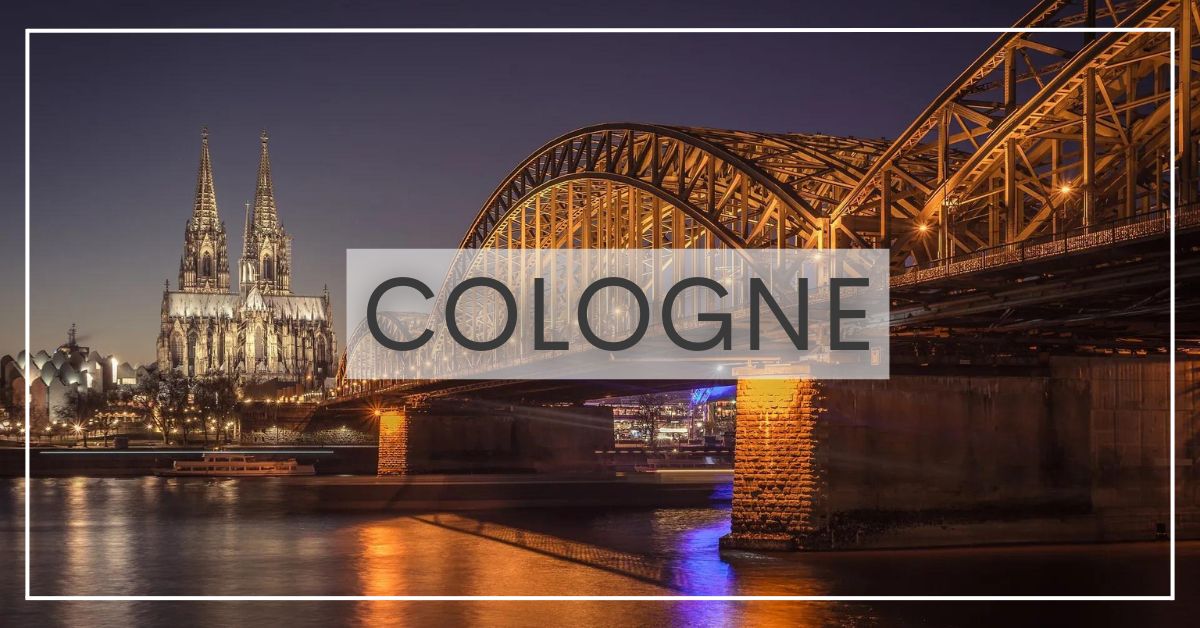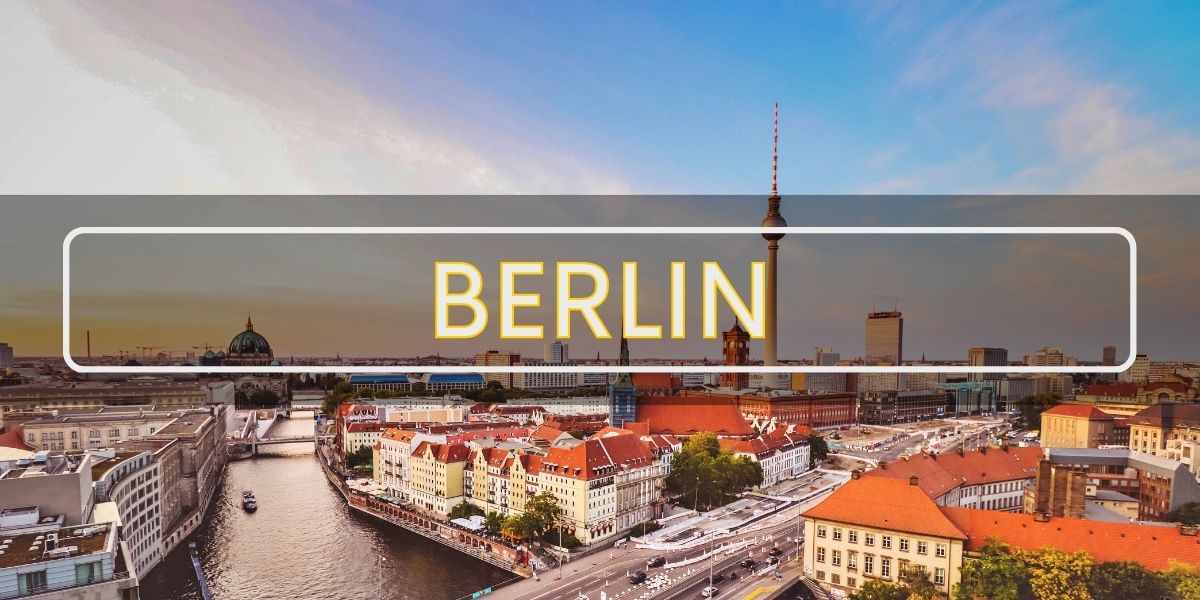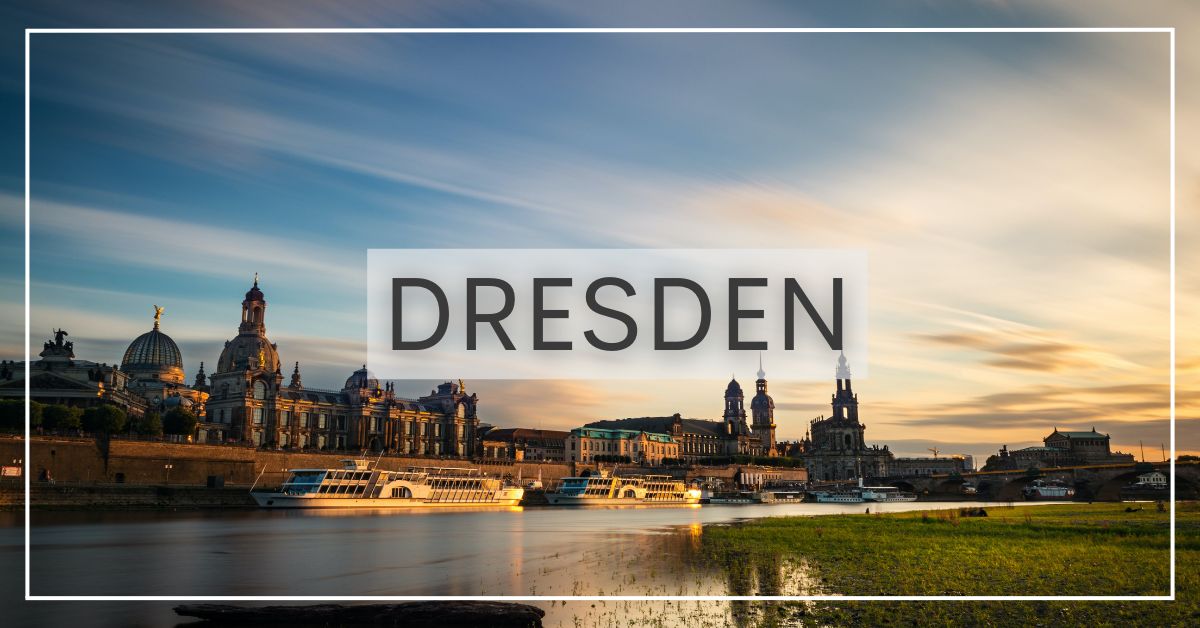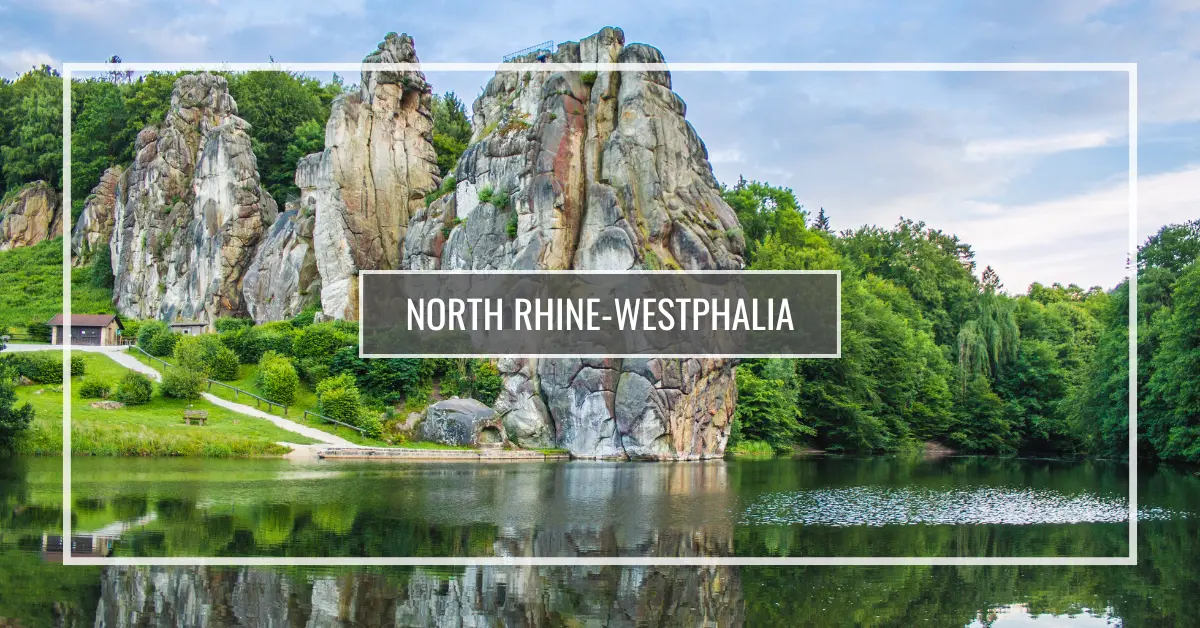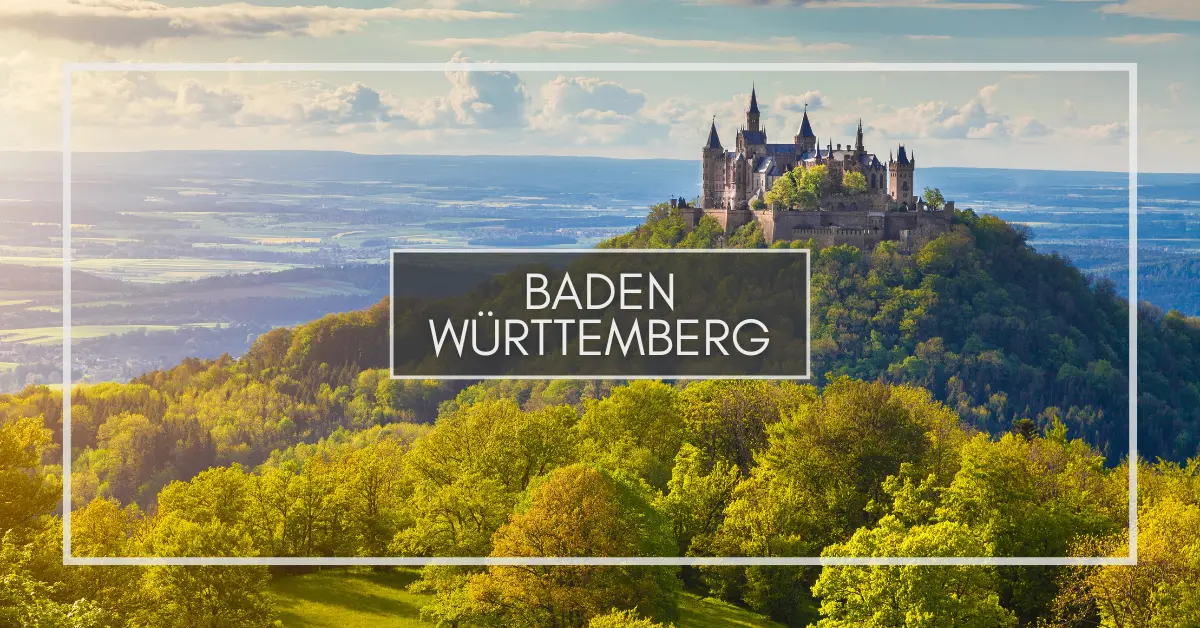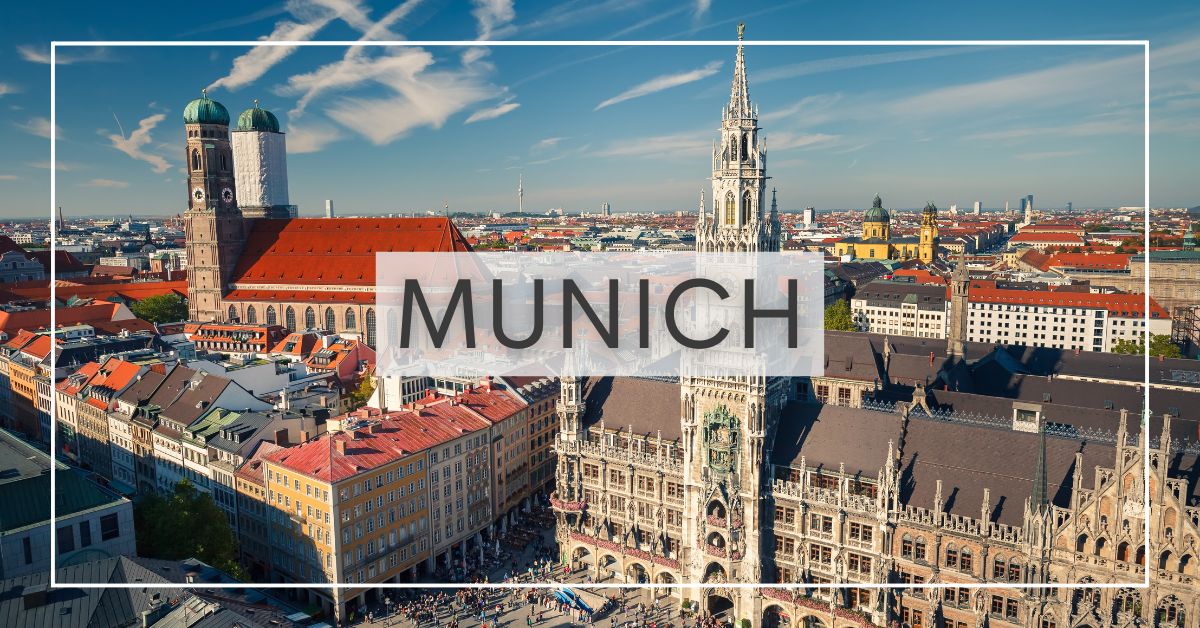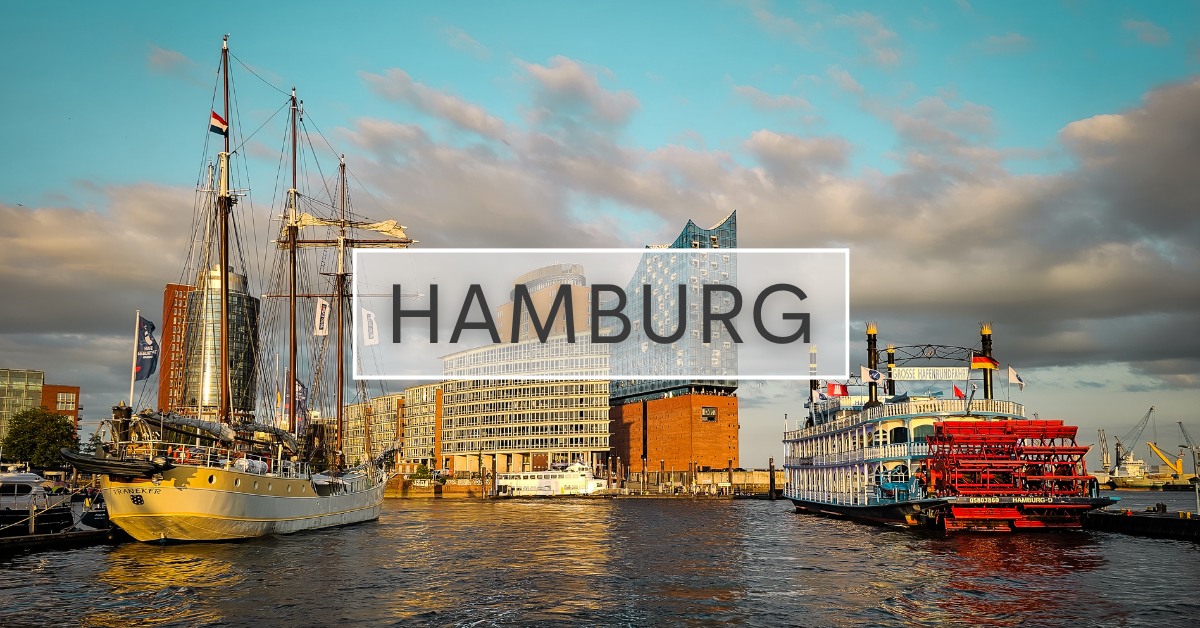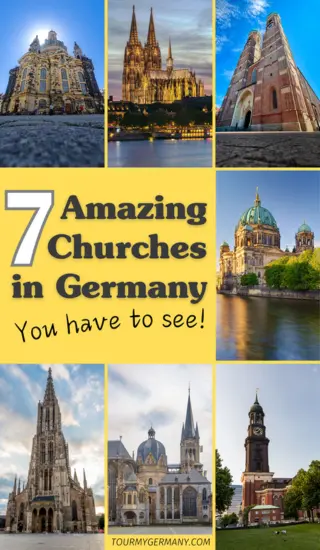Warm up this winter with Oma's newest cookbooks - available on Amazon >>
- Home
- Famous Churches in Germany
7 Famous Churches in Germany: My Top Picks Round-up
By: Eran Fulson / Traveler, writer, and curious observer of all things German.
Here’s my round-up of seven amazing and famous churches in Germany, plus why they’re worth the visit and some handy tips to make your experience enjoyable and respectful.
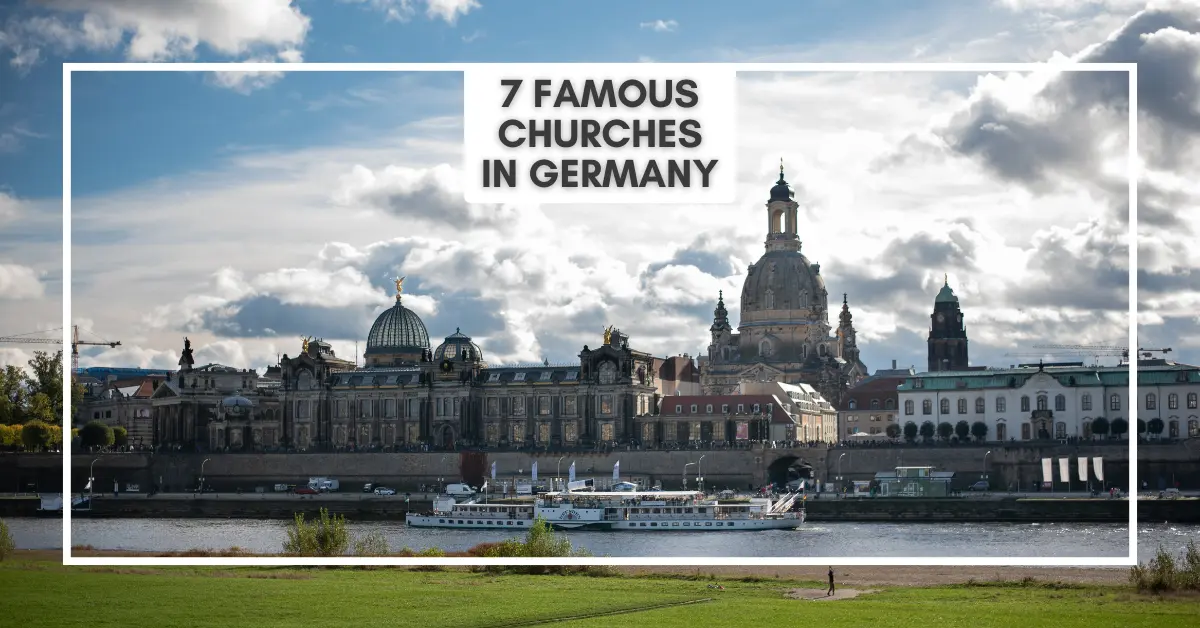
On this page:
Germany is packed with churches that have witnessed centuries of history, architectural evolution, and fascinating stories. Whether you’re a fan of stunning architecture, curious about European history, or just want to see awe-inspiring buildings, Germany’s churches have something for everyone.
1. Cologne Cathedral | Kölner Dom
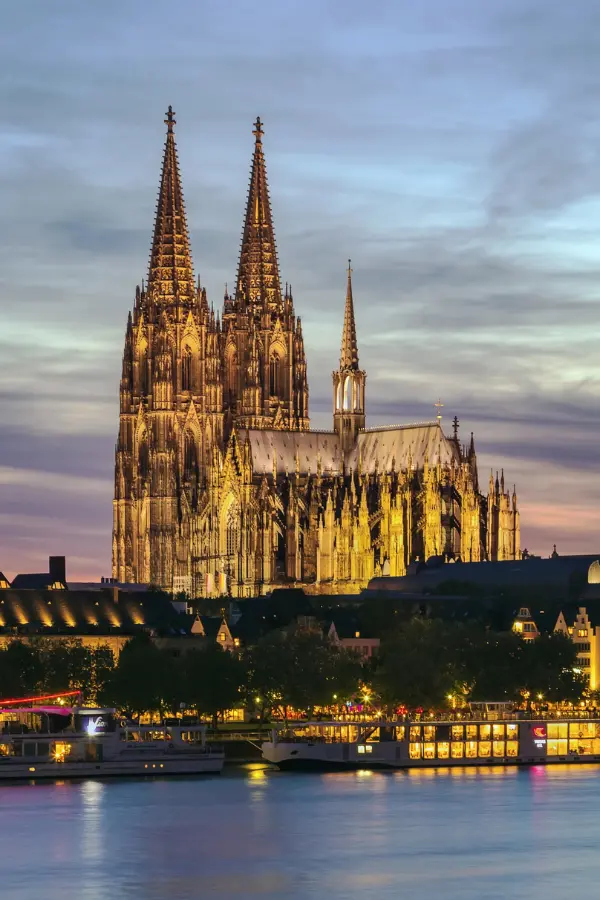
Why It’s Famous:
Cologne Cathedral is a Gothic masterpiece and one of Germany’s most visited landmarks. Known for its towering spires and stunning stained glass, it’s also home to the Shrine of the Three Kings, which is said to hold relics of the Biblical Magi.
What to See:
The twin spires are iconic, and the view from the top (if you’re up for the climb) is spectacular. Inside, marvel at the medieval stained-glass windows and the magnificent architecture that took over 600 years to complete.
Visitor Tips:
Climbing the 533 steps to the South Tower isn’t for the faint-hearted, so wear comfy shoes and be prepared for a workout. Entry to the main cathedral is free, but there’s a small fee to access the tower.
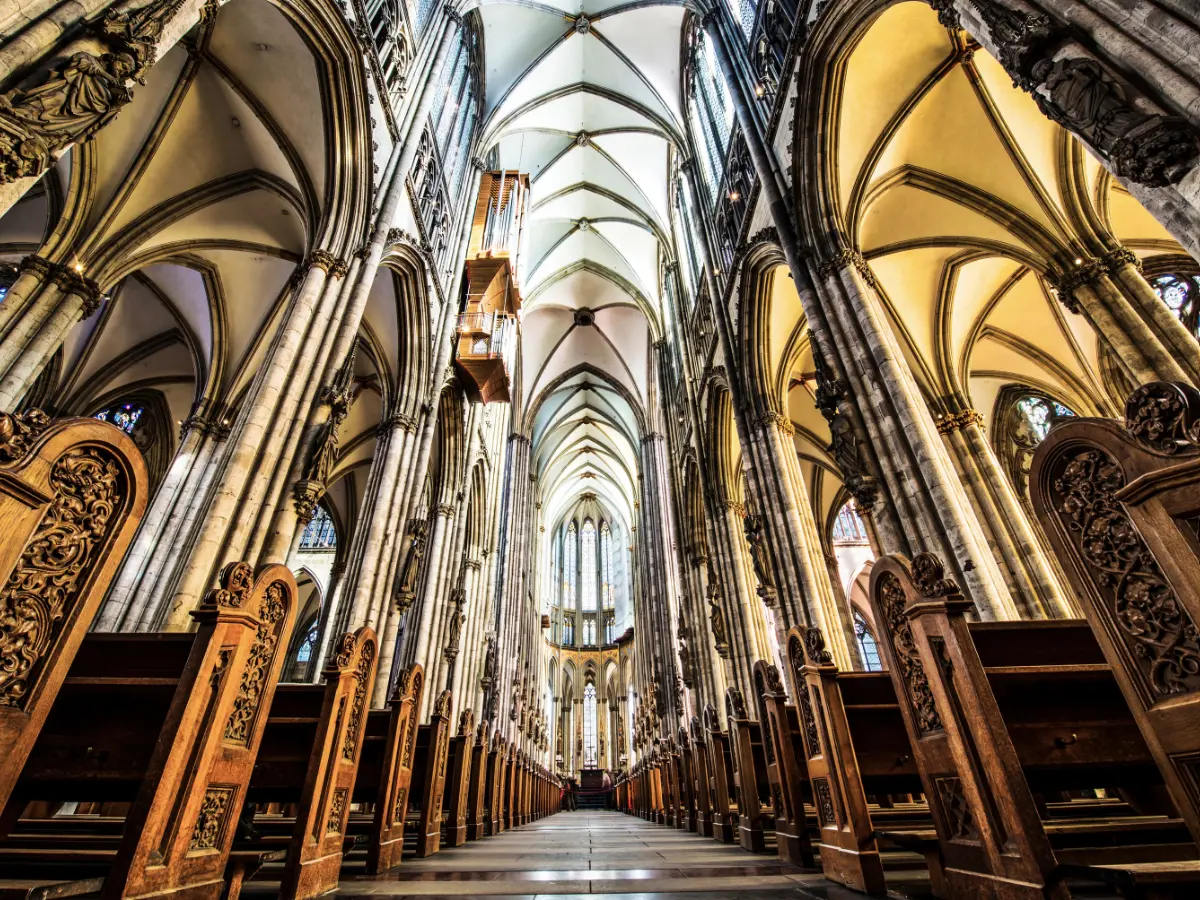
2. Berlin Cathedral (Berliner Dom)
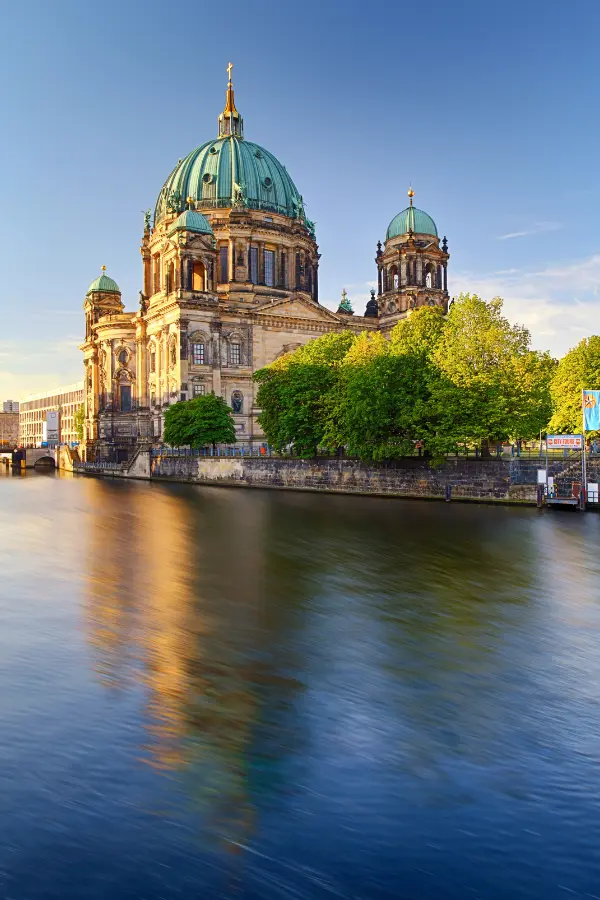
Why It’s Famous:
Sitting on Museum Island, Berlin Cathedral is a stunning blend of Baroque and Renaissance architecture. It’s more than just a church – it's a historical landmark that survived wars, bombings, and restorations.
What to See:
The massive dome is a marvel, and the Hohenzollern Crypt gives you a glimpse into the lives (and final resting places) of Prussian royalty. The inside is richly decorated, with a grand organ and impressive mosaics.
Visitor Tips:
Tickets are required, but they include access to the crypt and the dome walkway for great views of Berlin’s skyline. Early mornings or late afternoons are quieter times for visits.
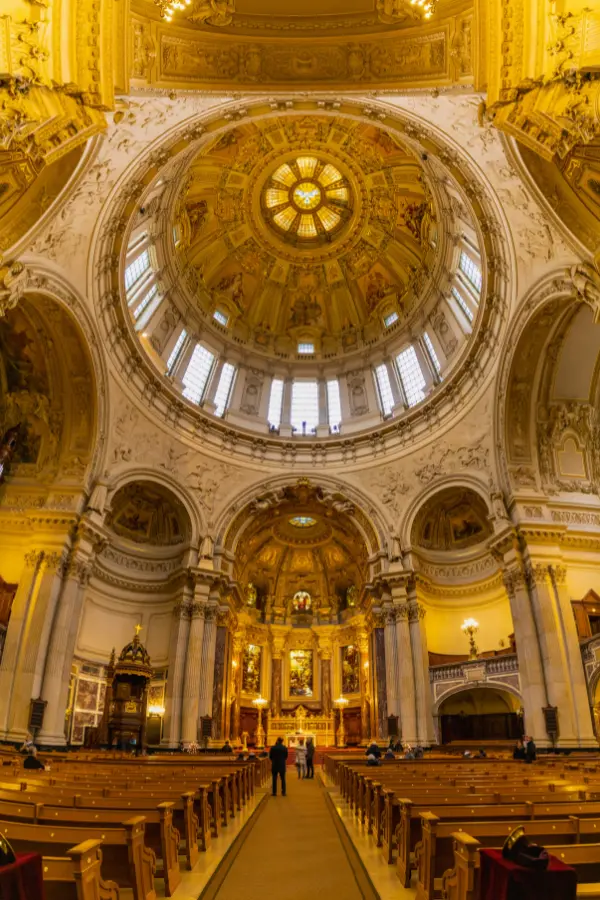
3. Frauenkirche Dresden (Church of Our Lady)
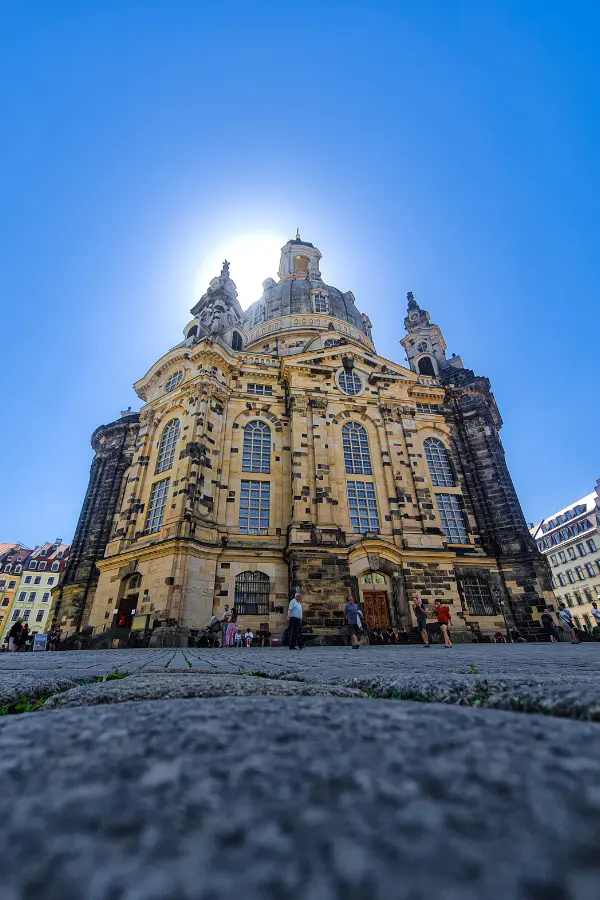
Why It’s Famous:
Frauenkirche is an iconic Baroque church that was destroyed in WWII and painstakingly rebuilt in the 1990s. It stands as a symbol of resilience and peace, with an interior that exudes elegance and tranquility.
What to See:
The dome is a standout feature, and the altar has been carefully reconstructed to match the original. Be sure to explore the galleries, which offer beautiful views of Dresden’s cityscape.
Visitor Tips:
Entry to the church is free, but there are fees for concerts and special exhibitions. For those interested in the reconstruction, guided tours provide fascinating insights into its history and rebuilding. There is a small fee to access the top, but definitely worth it for panoramic views over Dresden.
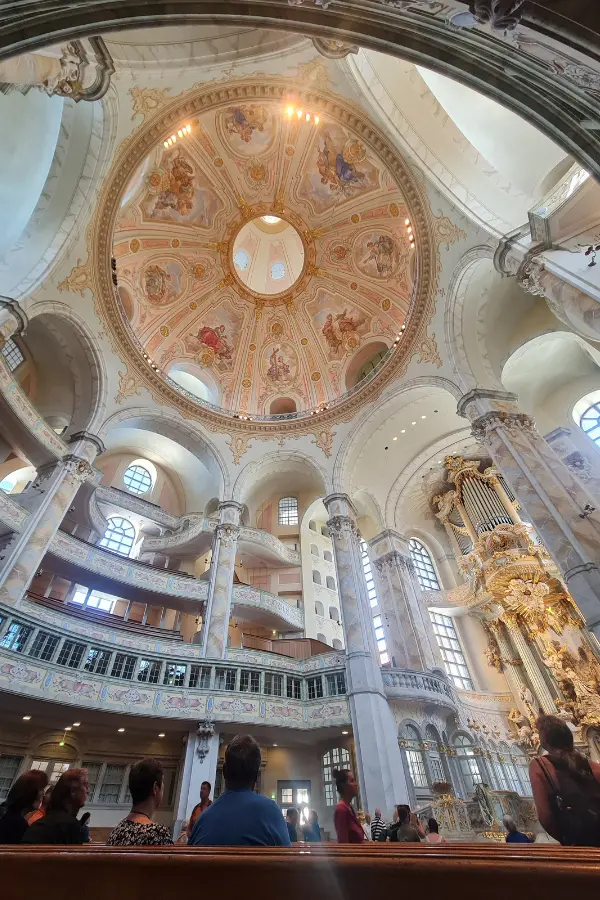
4. Aachen Cathedral
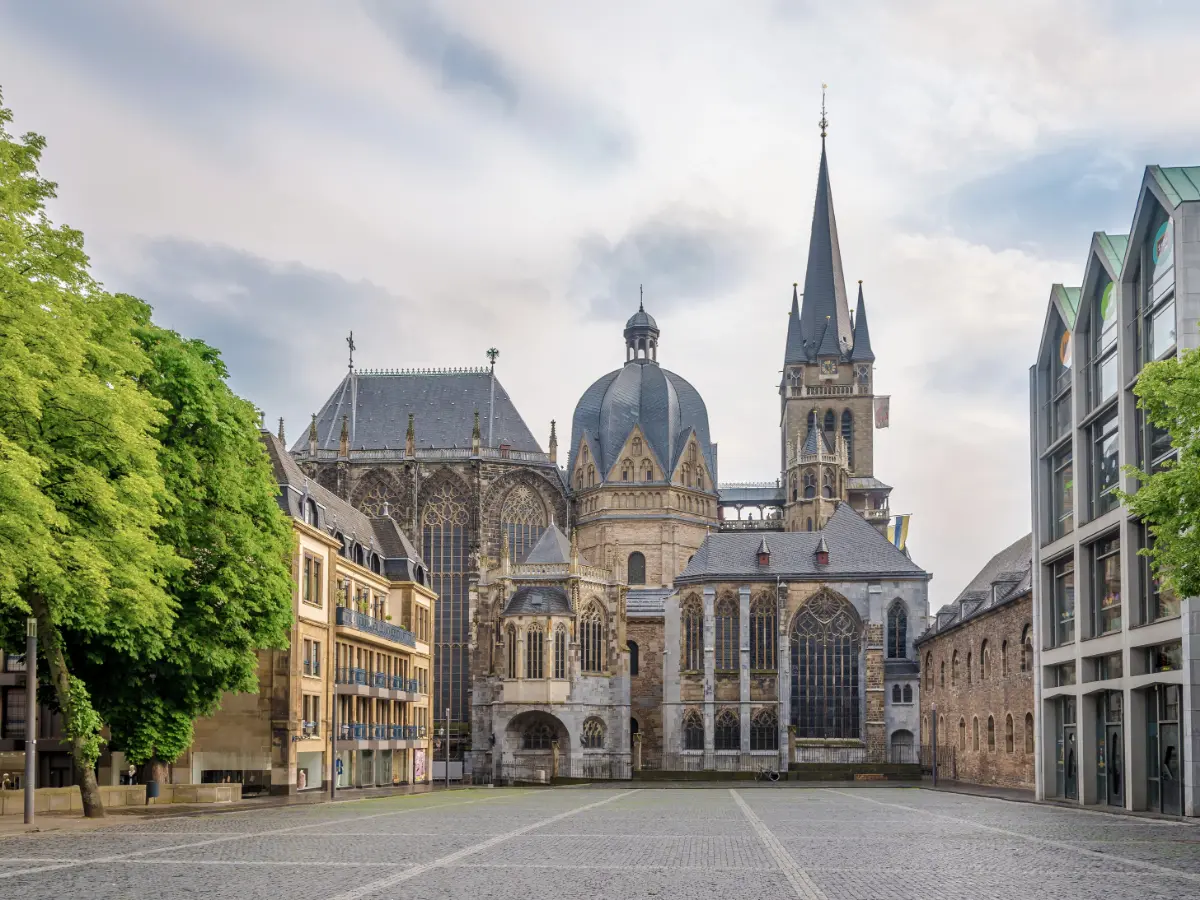
Why It’s Famous:
Aachen Cathedral is a UNESCO World Heritage Site and one of the oldest cathedrals in Europe. Charlemagne himself ordered its construction in the 8th century, and it served as the coronation site for German kings for nearly 600 years.
What to See:
Highlights include the Palatine Chapel and the stunning mosaics that adorn the octagonal basilica. Charlemagne’s throne and shrine are also must-sees for history buffs.
Visitor Tips:
The Palatine Chapel is not to be missed, and guided tours are available for a deeper dive into its historical significance. The Treasury, which holds an impressive collection of relics, is worth the small extra fee.
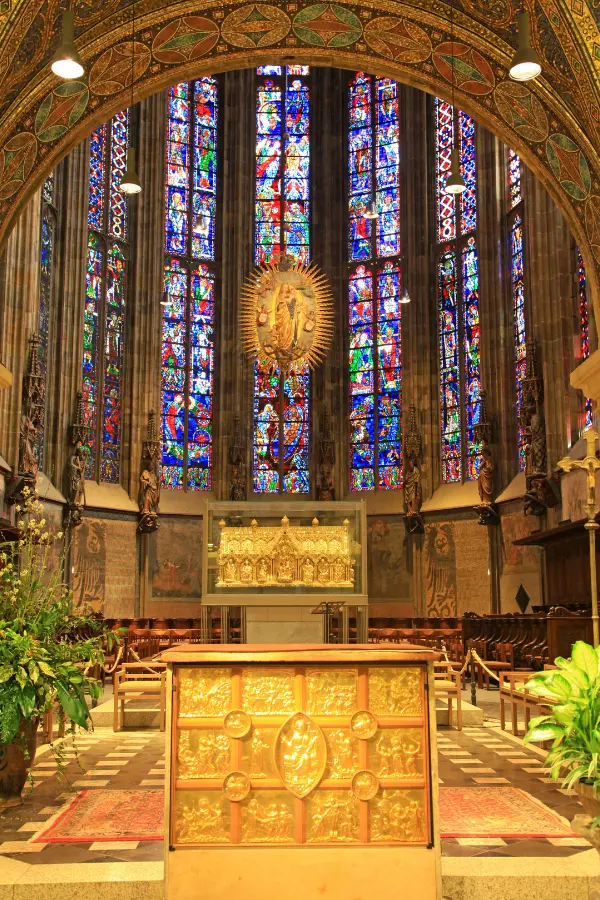
5. Ulm Minster
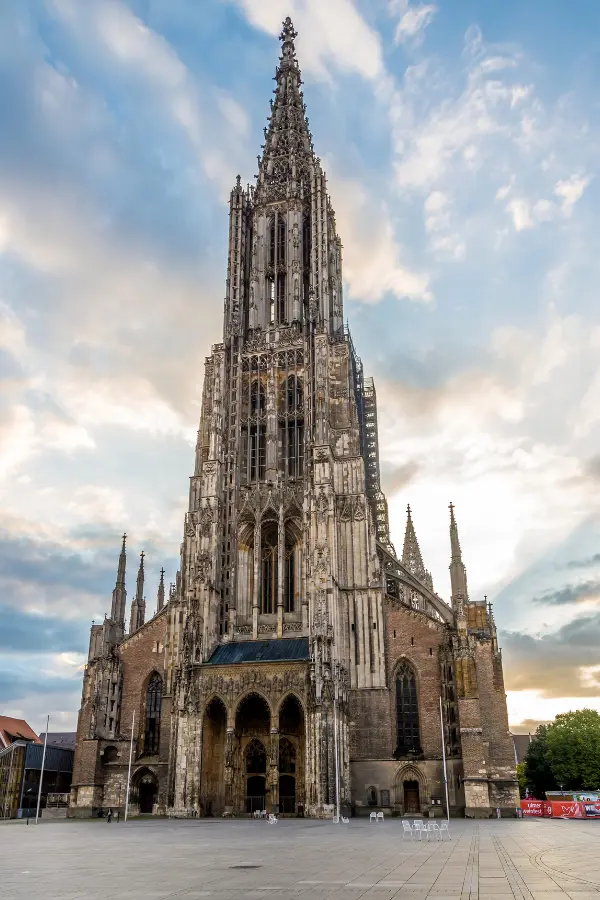
Why It’s Famous:
Ulm Minster boasts the tallest church steeple in the world, soaring 161.5 meters into the sky. This Gothic marvel took over 500 years to build, and it’s a pilgrimage spot for architecture lovers.
What to See:
The climb to the top of the steeple offers breathtaking views over the city of Ulm and the nearby Alps on a clear day. Inside, the high vaulted ceilings and intricate carvings are awe-inspiring.
Visitor Tips:
If you’re up for the 768-step climb, the view from the top is well worth it. There’s a small fee to access the tower, so bring a few euros. Early mornings or late afternoons are less crowded for tower climbs.
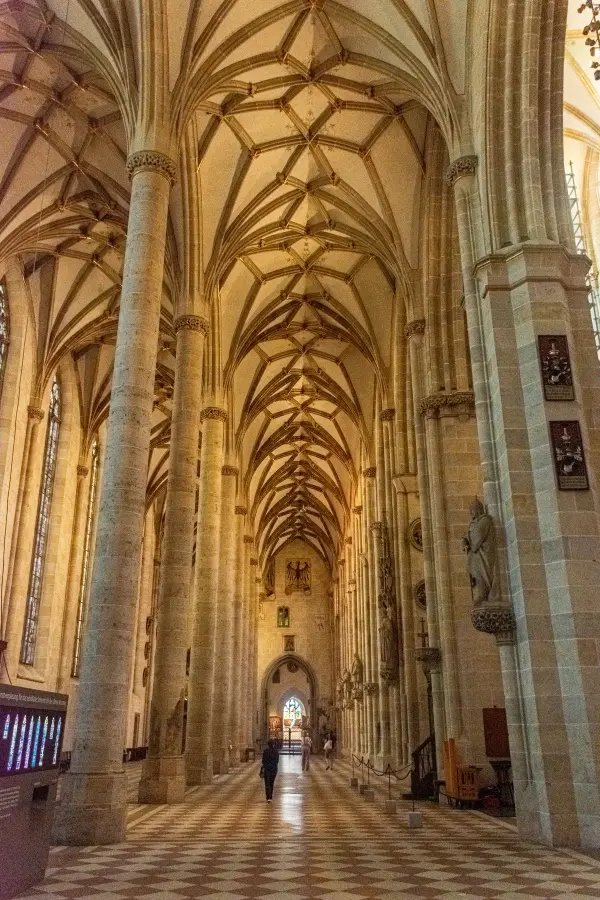
6. Munich Frauenkirche (Cathedral of Our Dear Lady)
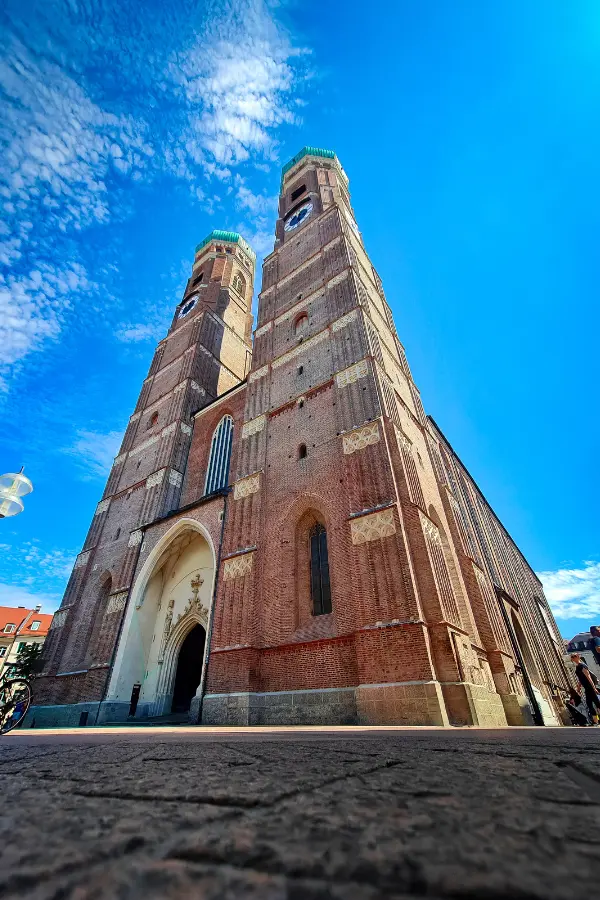
Why It’s Famous:
The Frauenkirche, with its iconic twin towers, is one of Munich’s most recognizable landmarks. Built in the 15th century, this Gothic cathedral is steeped in legends – like the “devil’s footprint” near the entrance.
What to See:
The church’s simple yet elegant interior, stunning stained glass, and impressive tomb of Emperor Ludwig the Bavarian are highlights. The two onion-domed towers offer a classic view of Munich.
Visitor Tips:
Admission is free, but donations are welcome. If you’re curious about the devil’s footprint story, it’s marked by a footprint in the church’s entryway. Look up the legend before you visit in the link below – it adds a bit of fun to your exploration!
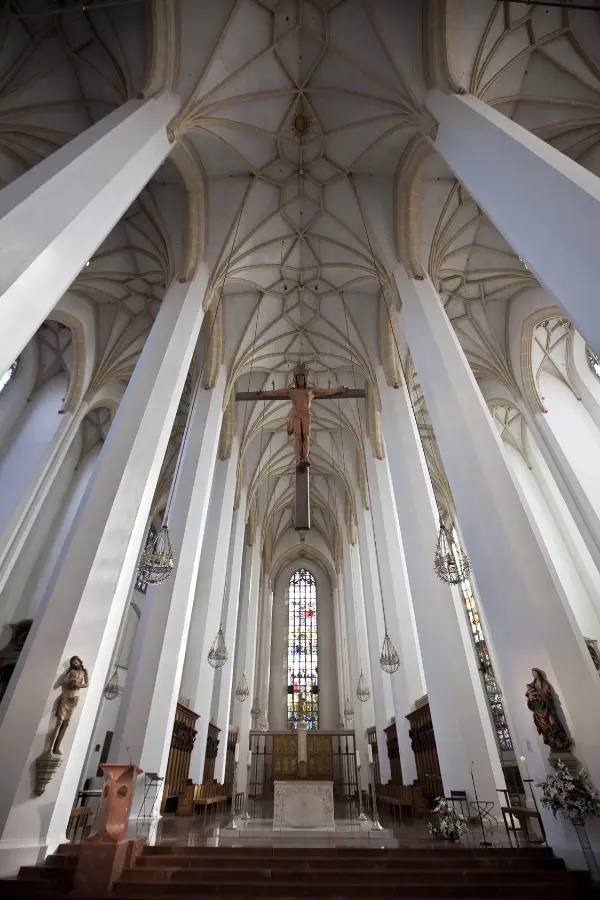
7. Hamburg St. Michael’s Church (Michelkirche)
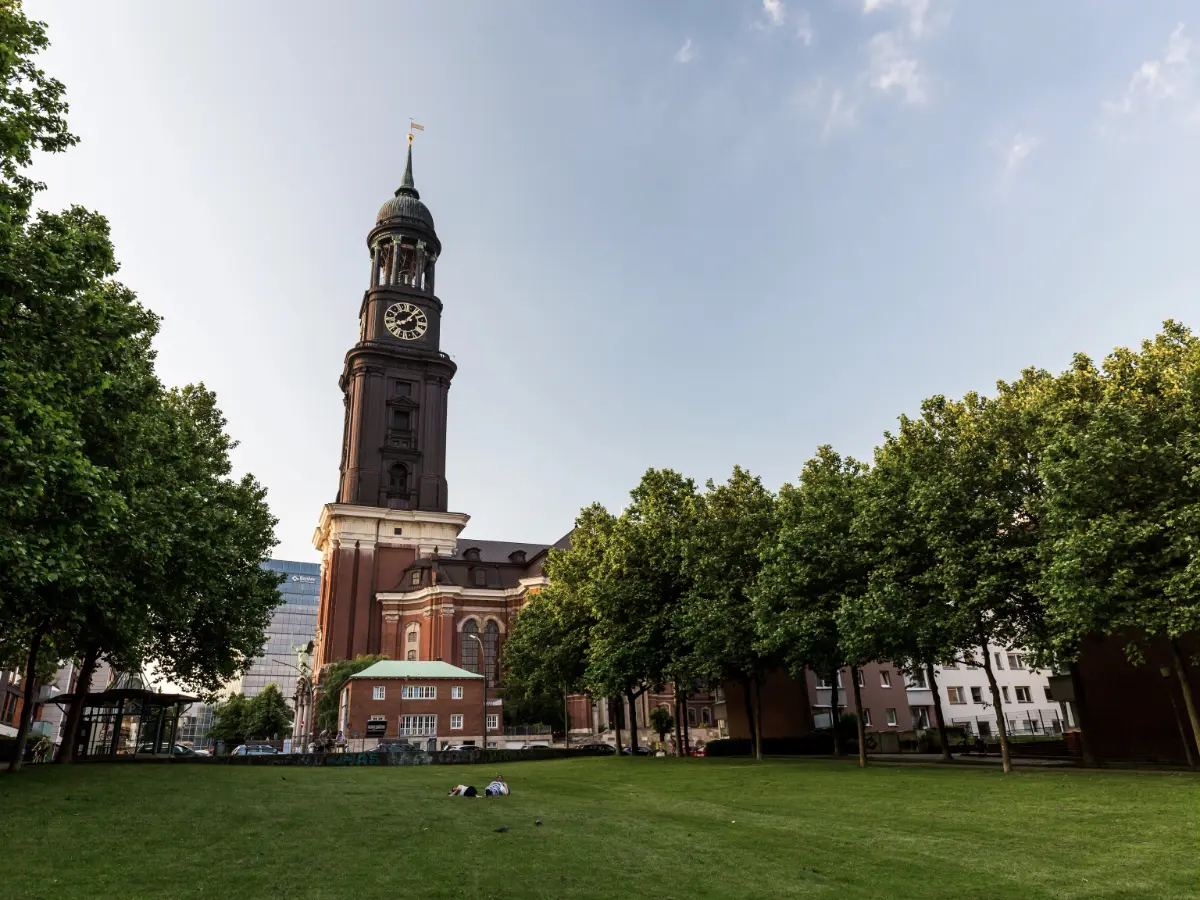
Why It’s Famous:
St. Michael’s, fondly known as the “Michel,” is one of Hamburg’s best-known landmarks. This Baroque church has a distinctive copper dome and a clock tower that has been a guiding landmark for sailors for centuries.
What to See:
The 132-meter-high clock tower offers panoramic views over Hamburg and its harbor. Inside, the altarpiece and the large organ are particularly impressive.
Visitor Tips:
There’s a small fee to access the tower, but the views are some of the best in the city. Try to visit when there’s an organ concert – the acoustics are fantastic, and the performances are memorable.
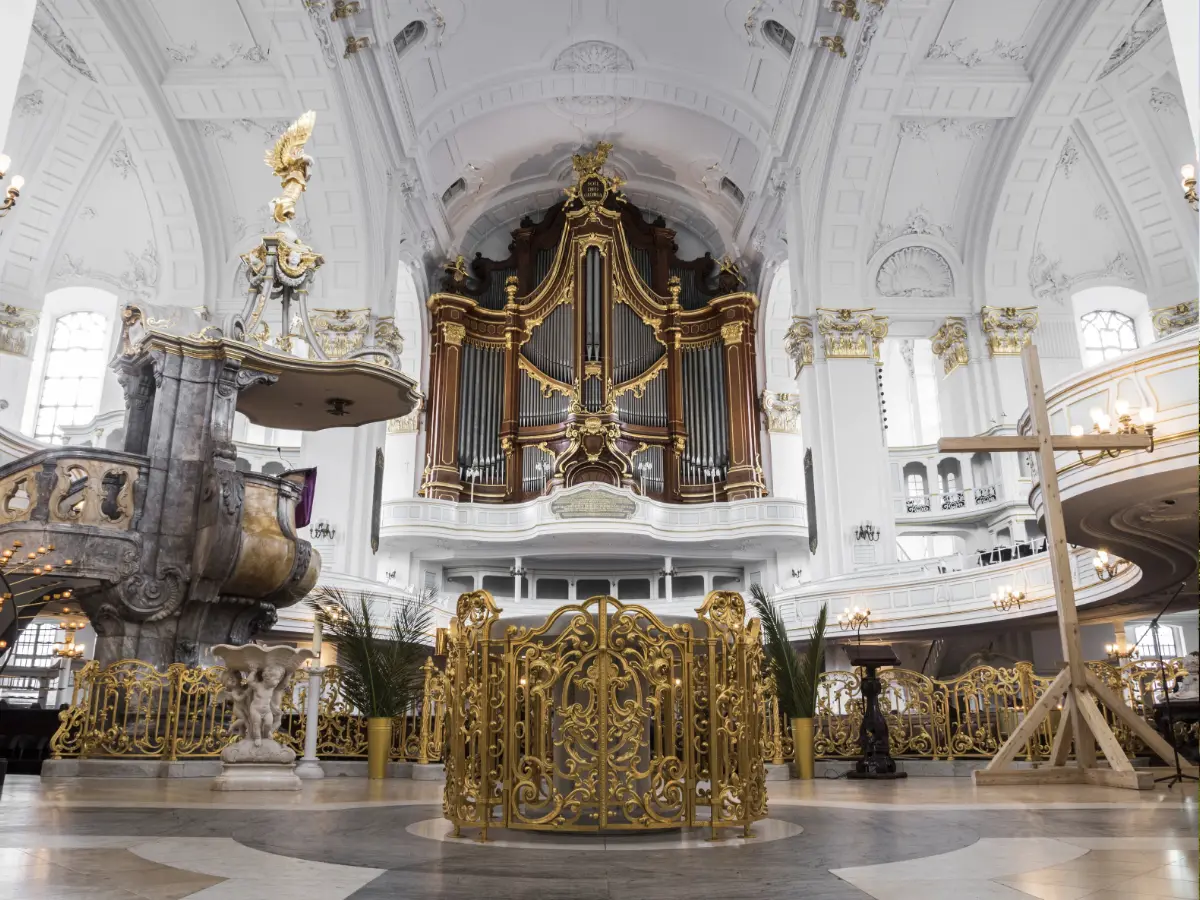
Visitor Tips and Etiquette for Church Visits
Visiting churches in Germany, especially historical and active places of worship, comes with a few etiquette guidelines to ensure respect and enjoyment for all.
- Respectful Conduct: Keep noise to a minimum, especially during services. It’s generally best to avoid visiting during Mass unless you intend to participate.
- Dress Modestly: While strict dress codes aren’t common, it’s respectful to avoid overly casual or revealing attire.
- Photography Etiquette: Some churches restrict photography, especially with flash, so be sure to check before snapping photos. If allowed, take photos discreetly.
- Plan Ahead: Some churches may charge a small entry fee, especially for access to towers or crypts. Bringing a few euros for these add-ons is helpful.
- Accessibility: Most churches are wheelchair accessible, but tower climbs are often not. If accessibility is a concern, check with each site in advance.
Conclusion
Famous churches in Germany are more than just architectural marvels; they’re repositories of history, art, and spirituality. Visiting them offers a window into centuries past, showcasing the resilience, artistry, and faith that shaped Germany and Europe.
Whether you’re there for the architecture, the history, or just the views, each of these churches has a unique story to tell.
So, grab your camera, wear comfortable shoes, and get ready to be amazed by these spiritual and cultural landmarks!
Famous Churches in Germany FAQ
What is the most famous church in Germany?
What is the most famous church in Germany?
The most famous church in Germany is the Cologne Cathedral (Kölner Dom). This Gothic masterpiece, completed in 1880, is renowned for its twin spires and intricate architecture. As a UNESCO World Heritage Site, it attracts millions of visitors annually.
What are the top 3 religions in Germany?
What are the top 3 religions in Germany?
What famous church was bombed in WWII?
What famous church was bombed in WWII?
During World War II, several notable churches were bombed. In Germany, the Kaiser Wilhelm Memorial Church in Berlin suffered extensive damage and now stands as a poignant ruin and memorial.
Did cows decide where churches should be built?
Did cows decide where churches should be built?
As bizarre as it sounds, there is a folklore that some medieval German churches were built in places considered sacred by local communites, and some legends credit cows with identifying these spots. A wandering cow lying down in a specific location was interpreted as divine guidence for where to build the church.



